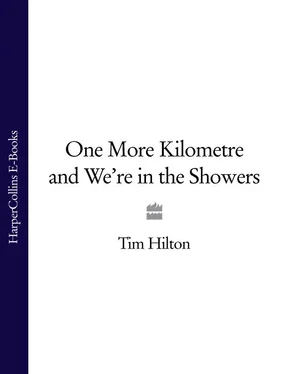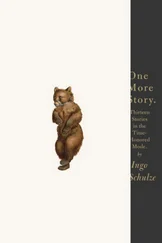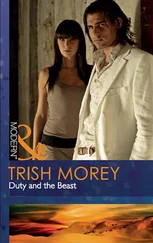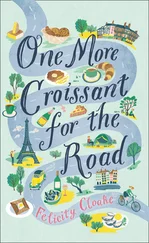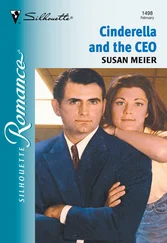Bohemianism never wins the day. The turn of the last century was also the period when respectable working men first dined together with their wives as members of voluntary societies. To this day, cycling club dinners are properly managed. Hotels are preferred to pubs. The tables have a placement. The top table is occupied by the club’s committee members and local dignitaries, often including a mayor or local councillor and a representative of the county police force (it is politic to be on terms with the police: we need their permission to race on the public highway). So club dinners have a social dimension, expressed in various ways. There is no cross-toasting between those seated at the top table and other diners. It is not done. In this way cycling club etiquette obeys a quite ancient taboo. English has a technical term for drinking with a person of a different class. It is called ‘hob-nobbing’.
The new cycling year begins after the club dinners. The ‘social season’ was too long for many keen racing men, who – after the mid-1950s – took up the new winter sport of cyclo-cross. Some people considered the ‘mud pluggers’ a little raffish. That was because, in the early days of cyclo-cross, courses were improvised and the racing unregulated. One or two clubs offered short time trials on the mornings of Christmas Day and New Year’s Day. The best known of these yuletide events, in which competitors often wear fancy dress, is organised by the Chesterfield Spire Road Club. In February we find ‘reliability trials’, fast training rides open to all comers. Then come the first time trials of the year, often on restricted gears, and two-up events, the riders competing in two-man teams. Serious competitive riding begins with the North Road Hardriders 25 on the last Sunday in February. This superbly uncomfortable race is on the Hertfordshire lanes north of Potters Bar and is often ridden in snow or on icy roads. That’s why tricyclists like it.
The next high point in the cycling calendar was the movable feast of Easter. On Good Friday all trackmen and their fans would be at Herne Hill for the meeting organised by the Southern Counties Cycling Union. This is among the oldest of cycling traditions, for track riders have made their way to Burbage Road, SE24, every Good Friday since 1903. An even more ancient Easter event is the annual rally of the Clarion clubs, generally held in Sheffield and consisting of a 25 championship followed by a great picnic. The Easter weekend offered a full programme of racing everywhere in the country. For some reason it was also regarded as the best time for family touring, though the paschal weather is often cold.
There were regional differences in the repeated festivities of the club cycling year and many local celebrations. I have been told tough stories about the way that Scottish cyclists rode to the Gordon Arms for their Burns Night reunion, passing the night in a large shed-cum-dormitory behind the famed hostelry before the dawn ride back to Glasgow or Edinburgh. There were other reunions and rallies at Cumnock in Ayrshire, Chigwell in Essex, Matlock in Derbyshire, Harrogate in Yorkshire and Mildenhall in Suffolk. These gatherings often take place on the weekend of August bank holiday. The biggest reunion is the York Rally, which occupies a weekend in June and was first held in 1945. Five hundred people were expected. Five thousand turned up. This event marked the beginning of the post-war cycling boom. The York Rally is still held every year, and many are the quarrels about its organisation and purpose.
In the mid-1950s I had begun to learn about such matters, and am still learning. Nobody gave me direct instruction about the culture of British cycling: I picked up my knowledge here and there. It was none the less good knowledge. I realised that it was important to know what cyclists valued. The lore of wheelmen was more interesting than the things that schoolteachers thought important. Difficult teenager that I was, I rejected many of the old ways and wanted change. Yet love for the bike encouraged me to listen to all sorts of tales that, on first hearing, seemed inconsequential or tedious. As, for instance, when dedicated cyclists spoke – with growing enthusiasm as spring turned to summer – of their future expeditions to the Isle of Man, where they would spend the week that includes the year’s longest day.
Why go every year to this small island in the middle of the Irish Sea? Here is my short version of the Isle of Man story. It takes us from the grass roots of British leisure riding to the heights of racing cycling; for on Mona we will meet Fausto Coppi, to this day the vital symbol of the sport; Louison Bobet, three times winner of the Tour de France; and Tom Simpson, who in 1967 would ride himself to death on the Ventoux mountain in Provence. One late June day in 1959 all three men were in Douglas, the Isle of Man’s unremarkable capital. And so were thousands of other cyclists. Here is an odd corner of our collective history, but an instructive one.
The Isle of Man has always been a cycling island, thanks I suppose to a certain backwardness and a tardy adoption of the motor car. There are 500 miles of lanes for the tourist. At least three clubs have looked after the native wheelmen. Racing was always popular and in former days there was a macadam track in Douglas’s Oucham Park. The person who made his native place into an international centre of cycling was a journalist, Curwen Clague. When he wasn’t on the bike Clague worked for the Isle of Man Examiner. Since he was a competent editor he was on terms with the island’s right-wing but eccentric government. Clague also knew the leaders of local industry. There wasn’t much money in fishing, nor in agriculture, so that industry was mainly tourism.
In the 1920s and 1930s there had already been contacts between the clubs in Man and their counterparts in Ireland and the British mainland. Merseysiders went to Man for holidays. Manx cyclists put their bikes on the ferries to compete in Cheshire and Lancashire. Curwen Clague saw how these cycling habits could be expanded. His idea was to promote a road race within the series of events that, since 1907, had given the Isle of Man its position in the world of motorcycle sport.
A harmless and maybe profitable venture, said the Tynwald, the Manx parliament. The island’s elders also offered to close the roads to other traffic on the day of the cycle race, which would never have happened on the mainland. Furthermore, massed-start racing was opposed, even forbidden, by the governing bodies of British cycling. Fortunately, the men of the House of Keys had no interest in the policies of the National Cyclists Union or the Road Time Trials Council. They would govern their own island as they wished. So, in 1936, the first of the Manx international road races was held on a course that had already been established by motorcyclists. A 37 3/ 4mile circuit took riders from sea level at Douglas, first to Ramsey and then up a 5-mile climb to a point at 1,384 feet on the mountain of Snaefell. There was a thrilling descent before a return to the finish at Douglas. The winner of the race was a Birmingham man, Charlie Holland of the Midland Cycling and Athletic Club. In later years competitors have ridden this circuit three times, covering 113 3/ 4miles.
From the height of Snaefell on a clear day it is possible to see the mountains of Mourne in County Down, more mountains in Galloway, yet more mountains in the Lake District and the peaks of Snowdonia in Wales. There is a theory that the Isle of Man has a share of four countries and possesses some of the character of each of them. It is hard to define such a mixed character. What data might we use for evidence? The names of the boarding houses that formerly gave a welcome to cyclists must tell us something. For the modern essence of Man is not in its agriculture or religion (Methodist), nor in anything preserved by the National Trust, since nothing at all on Man has attracted that Trust. It is rather in the wealth of small houses, terrace after terrace of them, that were lodgings for holidaymakers.
Читать дальше
